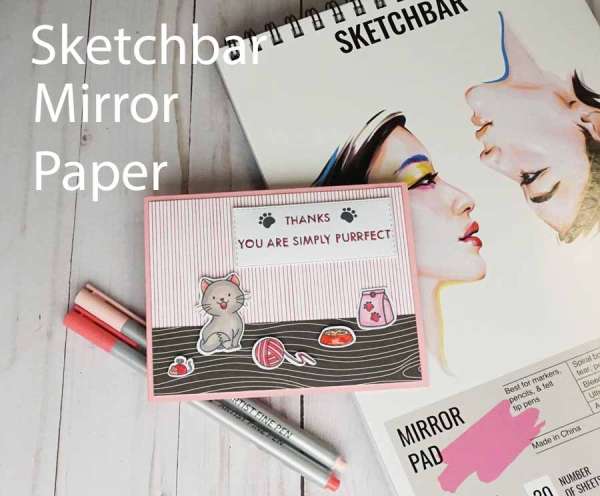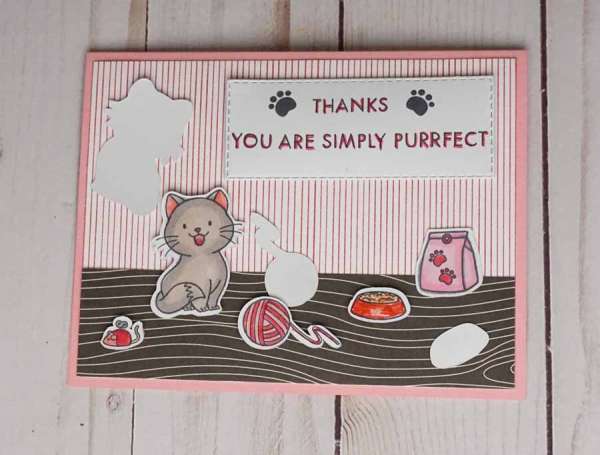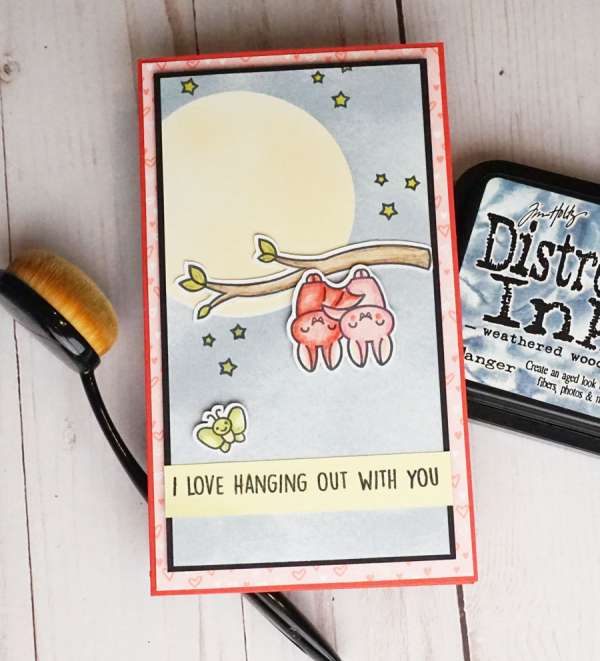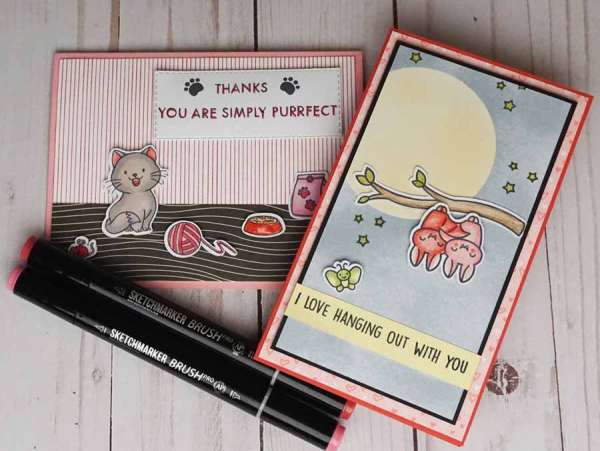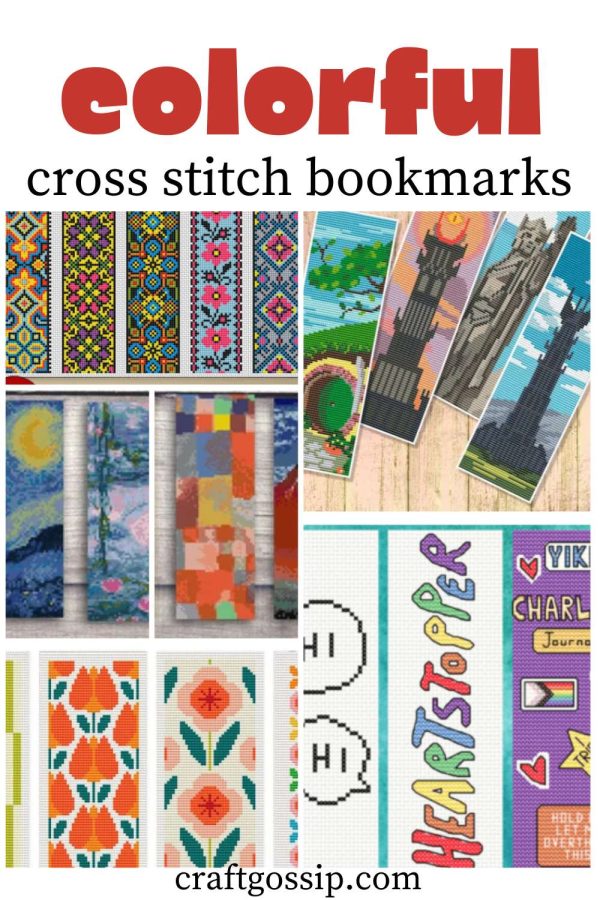A while ago I shared with you a review of Sketchmarker Brush Pro Markers (click here if you missed it) and now I’m back with a review of the Sketchbar Mirror Paper Pad and Sketchmarker Artist Fine Pens.
The Mirror Paper Pad holds 30 sheets of A4 sized paper, each sheet is perforated for easy removal from the spiral bound pad. The paper is white ultra-smooth and is acid free and bleed proof and is made to work with markers, pencils and felt tip pens. The reason it’s called Mirror Paper is because you can color on both sides if you want because it truly doesn’t bleed, even with alcohol based markers, which are notorious for bleeding through to the back side, coloring on this paper does NOT show on the back!
I also got a chance to try out the Sketchmarker Artist Fine Pens. I tried set B which has a wide array of 36 colors with a 0.4mm fine tip. The ink is water-based and dries quickly so no need to worry about smudging and smearing or bleed through. If you are an artist these pens are perfect for drawing and sketching but if like me you’re a stamper these pens can work for you too. I tried them on this cat card using the fine tip to color in all the small areas of the kitty cats ears, mouth and nose as well as and her toys and accessories and then traced some color onto the stamped sentiment, these fine points get into areas so much easier than a wider marker can.
And as for the paper, I stamped, colored and die cut all the images twice on the Mirror Paper and you’ll have to take me word for it that the die cut white pieces are the back sides that have also been stamped and colored and there is no bleed through at all!
I also wanted to try a few other coloring techniques on the Mirror Paper so for this card I stamped and colored the images with colored pencils blended with Gamsol. And since the paper has a slight coating I thought I’d try ink blending and it worked really well, I used Distress Oxide Ink to stencil the moon and regular Distress Ink for the blue night sky.
If you’ve enjoyed learning about the wonderful new Sketchbar Mirror Paper and the Sketchmarker Artist Fine Pens and want to give them a try on your next stamping project we’ve got a promo code for a 15% discount on the Mirror paper as well as alcohol and watercolor markers for you, use code: craftgossip at Sketchbar
-Heather
